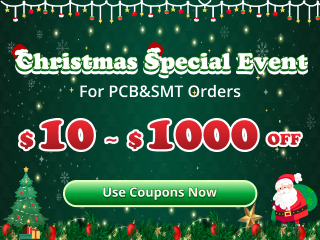
Recommendations For A Parts Counting Scale
After searching Amazon I've noticed that parts counting scales range in price from under $50 USD to several hundred dollars. If anyone has experience with any particular model I'd be interested in hearing opinions or recommendations.
The scale I need will be used for inventory counting of electronic components such as thru-hole resistors/capacitors/etc, probably some SMD parts, and small hardware such as M2-M4 machine screws and similar hardware.
- Comments(1)
A****min
Jan 04.2020, 11:41:08
While I will not give you any recommendations I will give you a few pointers to look for. First get an idea of the mass of the lightest part, and remember that. Then the heaviest box of that part, and the largest mass box you will be using as a count, along with the mass of a single item.
This gives you now a few things, the lightest item is the limit, the scale resolution must be smaller than this, or you will get count errors which grow as the mass of the item approaches the least significant digit. Ideally you want 5 counts per unit of smallest mass, so you only will have errors in counting packs over 200 parts. That way you can count bags and see easily if they are all correct, at least for bags which are identical in size and mass, and which have the same labels on them. The maximum mass the massmeter can read limits you in the number you can count at a time, and remember that the Tare mass eats away at this limit.
Thus you likely will need at least 2 massmeters, one with a resolution of around 50mg, and probably with a maximum mass capacity of 1kg. That will do small resistors with reasonable accuracy. The second one will probably be a counting scale with 0.5g resolution, and with a 30kg maximum load. This will work for parts like screws and nuts, handling parts larger than M6 (1/4in) up to M20 with ease.
When using the massmeters use metric settings, using ounces will lead to tears in trying to fit the resolution of the massmeters into neat blocks. milligrams are a whole lot easier to use than trying to count where your count starts in grains, then changes to carats, then changes to ounces and quarter ounces then swaps to pounds and ounces, each with it's own rounding errors.




